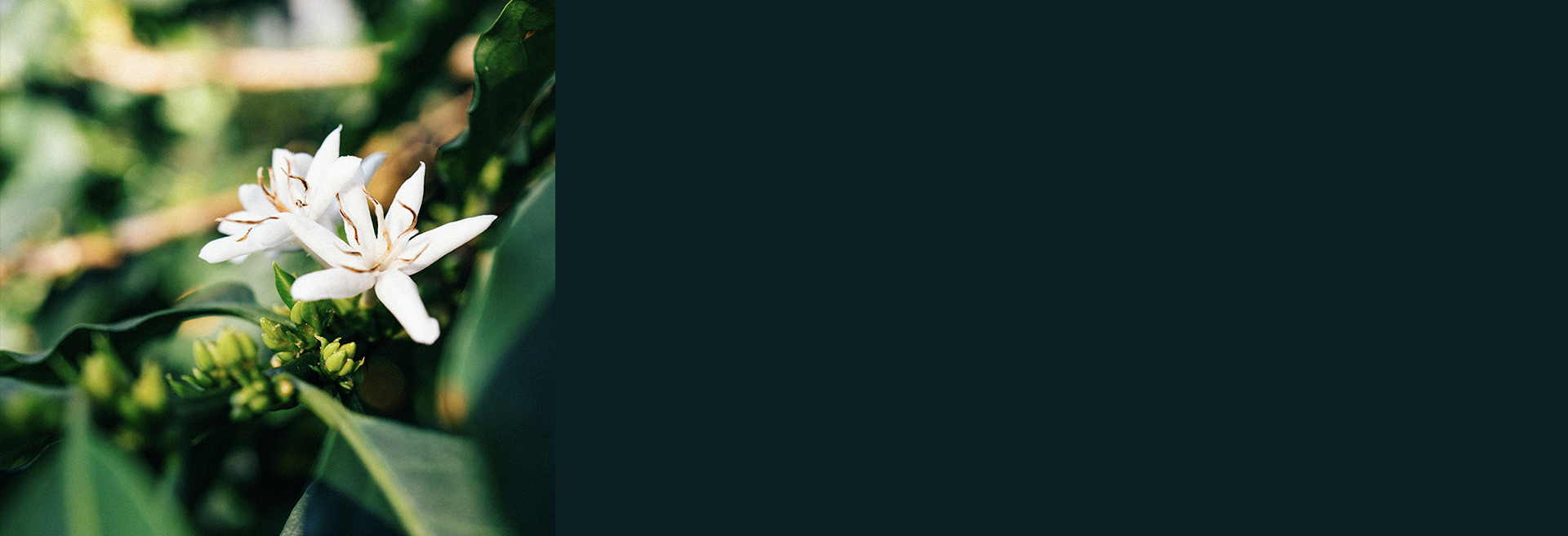FREE EU SHIPPING ON 4 BAGS
Brazil
Nagype lot, Fazenda Klem - Brazil
250g
*Competition Series*
3rd place Cup of Excellence 2017
Best organic lot Cup of Excellence 2017
Cup Notes
Melon / Papaya / Kiwi / Plum / Grape
Suggested for espresso and filter
QUALITY SCORE: 91.00
when we roast
We freshly roast to order all coffees on Monday, Wednesday and Friday (excluding national holidays), and ship the same day! Cut-off time is 11:59pm (UTC+1) of the day before the roast day. *We only ship whole beans*
Details
- Producer
- Fazendas Klem
- Country
- Brazil
- Terroir
- Matas de Minas
- Altitude
- 1150 masl
- Arabica cultivar
- Catuai
- Picked in
- August 2017
- Arrived in
- April 2018
- Shipped in
- Box + Vacuum pack
- Roast profile by
- Rubens Gardelli
- Roasted on
- Customised solid-drum roaster
THE STORY BEHIND
We are incredibly honoured to offer you this super limited-release lot.
3rd place Brazil Cup of Excellence 2017 main competition.
Best Organic lot Brazil Cup of Excellence 2017.
Fazendas Klem is the lead on the Matas de Minas project and an example for Organic production in the region. After extensive studies into Organic processing, soil protection and many other variables, they have formulated a method for themselves using local materials grow their coffee. This constitutes the use of every organic material available, but also using minerals found nearby at large rock formations. Only a few years ago they have decided to start exporting themselves and providing technical assistance to others in the region.
Step-by-step they are spreading the best practices from there own path towards becoming fully organic. As second crop they have planted trees that produce small avocados, making use of the same soils and certifications given. The Klem estate is USDA Organic, Rainforest Alliance and UTZ certified.
The full estate is divided over several areas, all of which are farmed by the Klem family (existing out of five brothers) and several other families. All the micro lot are done manually, completely separated using raised drying beds in a solar dryer. The founder and grandfather Nagype Klem still works on the main section of the farm, next to where they are roasting samples and cupping all of the coffees throughout the season.
THE VARIETY
Catuai is a cross between highly productive Mundo Novo and compact Caturra, made by the Instituto Agronomico (IAC) of Sao Paulo State in Campinas, Brazil. The plant is highly productive compared to Bourbon, in part because of its small size, which allows plants to be closely spaced; it can be planted at nearly double the density. The plant’s shape makes it relatively easy apply pest and disease treatments. It is mainly characterized by great vigor and its low height; it is less compact than Caturra. It is highly susceptible to coffee leaf rust.
Catuaí derives from the Guarani multo mom, meaning “very good". The cultivar was created in 1949 from a crossing of yellow Caturra and Mundo Novo, and initially called H-2077.There are yellow-fruited and red-fruited types, and there have since been many selections in different countries.
The variety was released in Brazil 1972 after pedigree selection (selection of individual plants through successive generations) and is in wide cultivation there.
It was first introduced in Honduras in 1979, where it was tested by Instituto Hondureño del Café (IHCAFÉ). It was released commercially in 1983, after IHCAFÉ selected two lines for planting. In Honduras today, Catuai accounts for nearly half of the Arabica coffee in cultivation. Researchers at IHCAFÉ are actively pursuing breeding with Catuai, including creating hybrid crosses between Catuai and Timor Hybrid lines.
Catuai, whose small stature allows it to be planted densely and harvested more efficiently, led in part to the intensification of full-sun coffee cultivation in Central America in the 1970s and 1980s.
THE FERMENTATION PROCESS
Dry process seems simple: pick the fruit, lay it out in the sun until it turns from red to brown to near-back, and then hull off off the thick, dried outer layer in one step to reveal the green bean. It is a method suited to arid regions, where the sun and heat can dry the seed inside the intact fruit skin.
It's often referred to as "natural coffee" because of its simplicity, and because the fruit remains intact and undisturbed, a bit like drying grapes into raisins. Since it requires minimal investment, the dry process method is a default to create cheap commodity-grade coffee in areas that have the right climate capable of drying the fruit and seed.
But it’s a fail in humid or wet regions. If the drying isn't progressing fast enough, the fruit degrades, rots or molds.
Dry-processed coffees can also be wildly inconsistent. If you want a cleanly-fruited, sweet, intense cup, dry process (DP) takes more hand labor than the wet process. Even the most careful pickers will take green unripe or semi-ripe coffee off the branch as they pick red, ripe cherry. If these are not removed in the first days of drying, the green turns to brown that is hard to distinguish from the ripe fruit.



